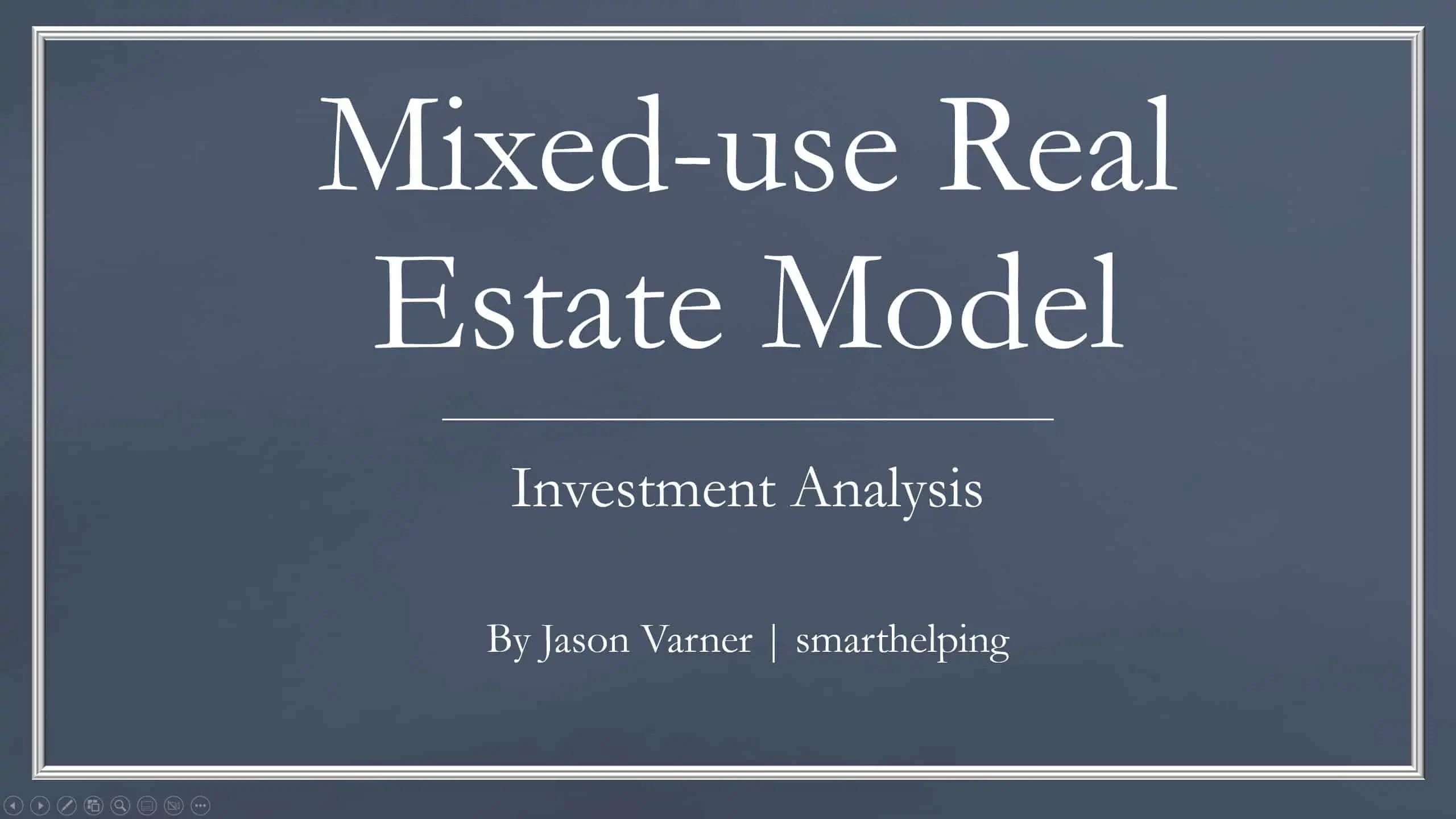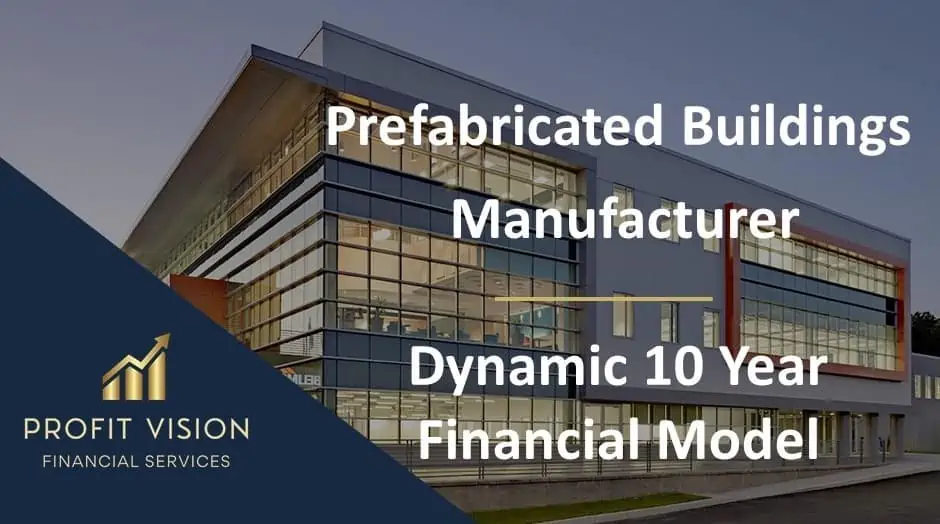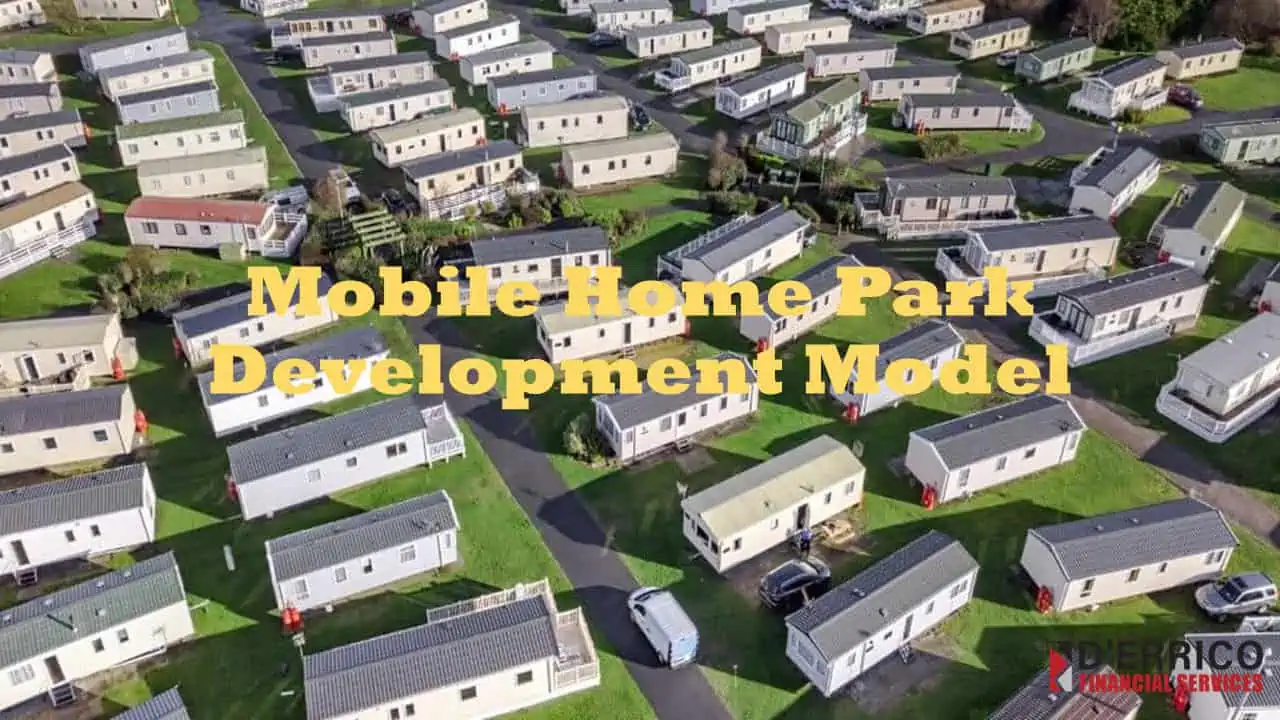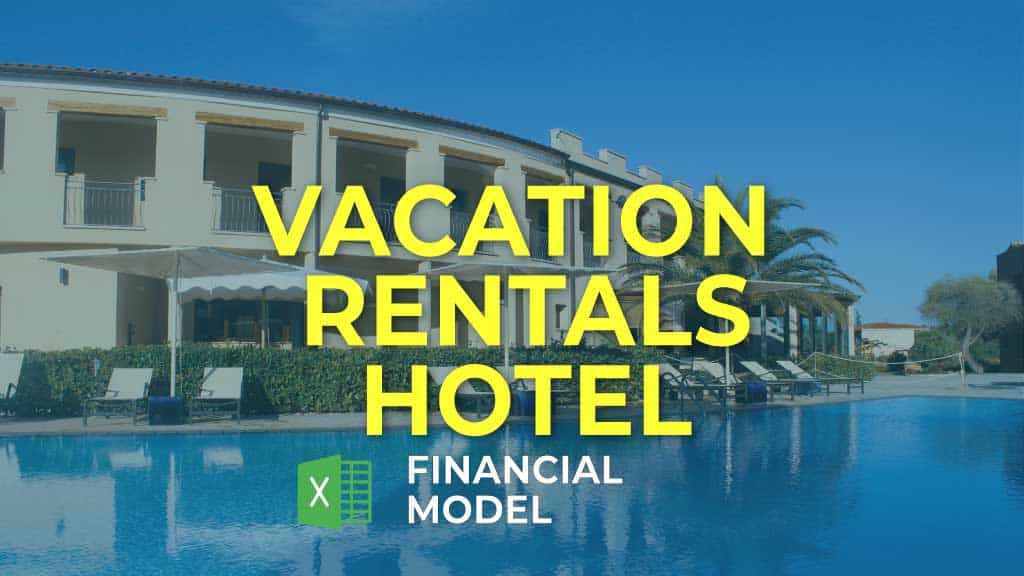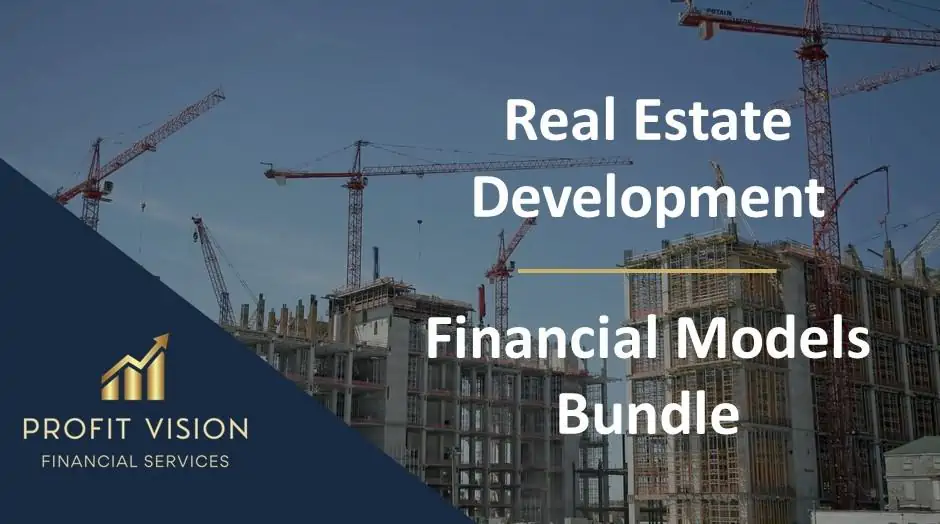Mobile Home Park / Community Financial Feasibility – Up to 40 Parks
Plan out all aspects of starting up to 40 mobile home communities or parks. End to end from assumptions to return data. 3 Statement model and dynamic depreciation included.

Video Tutorial:
Recent updates:
– Added a 3-statement model (monthly and annual Income Statement, Balance Sheet, and Cash Flow Statement), dynamic depreciation schedule, and ‘other income’ module.
– Added a dynamic schedule for park-owned homes
– All updates are included in the lite version as well
The template now allows the user to enter assumptions for up to 40 MHPs and/or Multi-family acquisition projects and see the results on the same timeline. Separate inputs can be entered for debt/equity/acquisition costs. There is also an option for renovation/construction and a separate LTC if there is debt in the given deal.
For revenue, there are inputs to define max lot/unit count, weighted average lot rent, rent growth (year 2-4), and a separate rate for stabilized growth, starting occupancy, and occupancy growth/max occupancy at stabilization. These are configurable for all 40 MHPs individually.
Global assumptions include the initial loan terms, interest-only period if applicable, an option for ReFi at a given year after the initial loan, the terms on the Refi, and the cap rate for valuation basis so that the ReFi LTV can be used to calculate the new loan amount, and all of these inputs will apply to each Mobile Home Park operation individually based on when the given start month occurs. The loan terms/refi logic will be the same for all operations that have marked ‘yes’ for debt. Having a ReFi exist is also optional on a global view.
The model goes out for a max period of 16 years with monthly and annual views. The exit month can be defined as any month, and at that month, all operations are sold per a defined exit cap rate, and all existing debt is repaid. There are inputs for any possible prepayment penalties, seller fees, and other loan fees.
Each individual park will have inputs for its relevant operating expenses / management fee if applicable. Expenses will grow at a determined annual rate.
3 separate cash distribution waterfalls were connected to the final equity requirement and available cash distributions. They stand on their own and are designed for the user to see all resulting IRR/equity multiples for the sponsor/investor at one time and include:
1) IRR hurdle-based waterfall distribution (3 hurdle rates)
2) Preferred Equity waterfall (hard)
3) Preferred Return waterfall
There is a return table as well as plenty of visuals so that all aspects of the project can be understood more easily.
Note, this can be used to look at a single acquisition/new construction project or many at one time. It can also be used in multi-family acquisition modeling as the revenue/expense and startup cost/exit assumptions are very similar.
Park-owned Home Logic Integration:
Similar Products
Other customers were also interested in...
Mixed-Use Real Estate Model: Leverage / JV Options
A general real estate model to plan all assumptions for up to 7 'uses' for a given property. Include... Read more
Real Estate Financial Model Bundle
This is a collection of financial model templates that provides the financial projections and valuat... Read more
Prefabricated Buildings Manufacturer – Dynam...
Financial model presenting a development scenario for a Prefabricated Buildings Factory including co... Read more
Mobile Home Park Development Model
The Mobile Home Park Development model projects annual future cash flows from a mobile home park fro... Read more
Real Estate – RV Park Acquisition Model
This Excel template is a specialized tool for assessing RV park acquisitions' feasibility. Developed... Read more
Vacation Rentals Hotel Financial Model Excel Templ...
Discover Vacation Rentals Hotel Pro Forma Projection. Use this Excel to plan effectively, manage Cas... Read more
Real Estate Development Financial Models Bundle
A collection of seven Real Estate Development Financial Models offered at a discounted price you can... Read more
Apartment Building / Self-Storage / Multi-Family A...
This real estate model works great for acquisitions of apartment buildings, multi-family properties,... Read more
Joint Venture and Fund Cash Flow Waterfall Templat...
Here are all the spreadsheets I've built that involve cash flow distributions between GP/LP. Include... Read more
Reviews
I know the industry and space of mobile home parks but did not have a professional financial modeling platform to pull the complete investment story together. Not an excel guy, I was looking for an out-of-the-box program that would provide an excellent basis for the mobile home park lifecycle from acquisition to dissolution.
212 of 417 people found this review helpful.
Help other customers find the most helpful reviews
Did you find this review helpful?
You must log in to submit a review.














